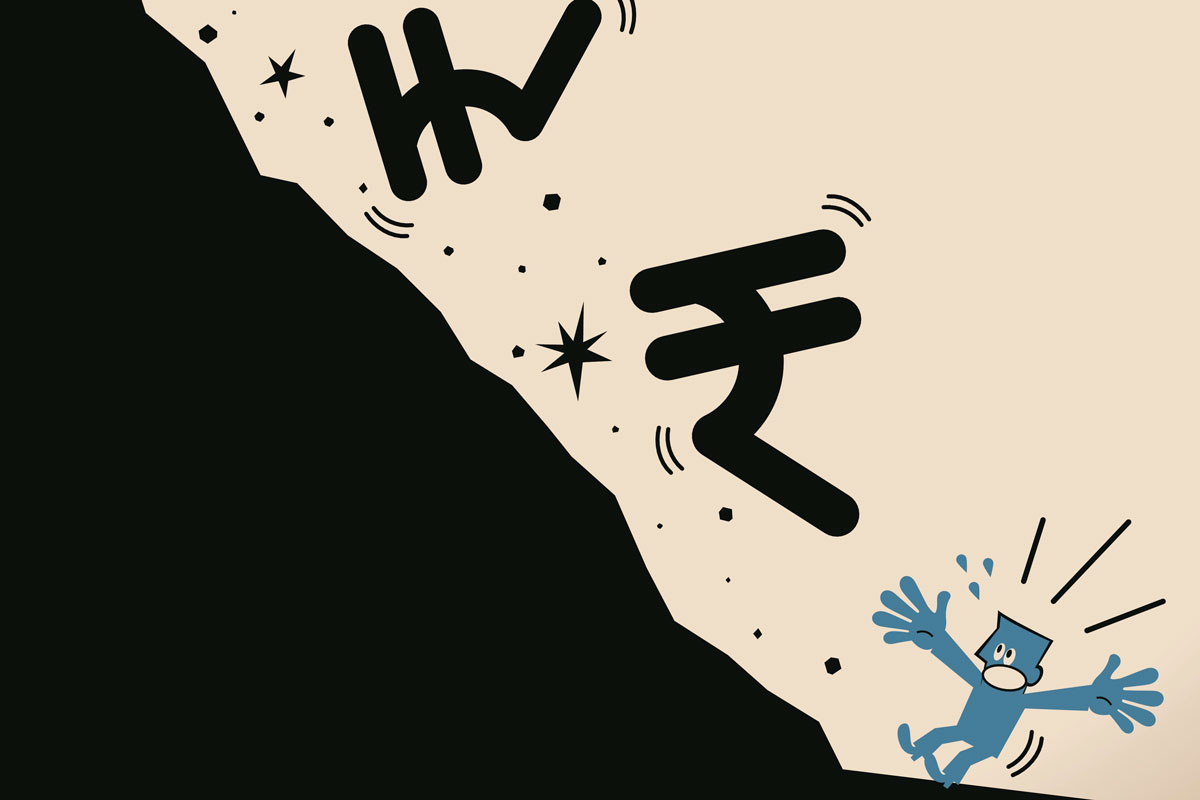China Retirement
China's move to raise the retirement age, the first adjustment since the 1950s, is a critical response to an escalating demographic and economic crisis.
The economists pitched for direct monetization of the deficit by the RBI amid the coronavirus crisis.

Over four percentage points of the increase in the debt-to-GDP ratio are attributable to the fall in growth. (Photo: iStock)
India’s debt-to-GDP ratio will shoot up to 87.6 per cent at the end of the current financial year from 72.2 per cent in FY20 on the back of extra borrowing by the government in wake of the COVID-19 pandemic, economists at SBI said on Monday.
Over four percentage points of the increase in the debt-to-GDP ratio are attributable to the fall in growth, which is going to result in GDP contraction during the year, they said, insisting on measures to address growth rather than adopting fiscal conservatism.
Advertisement
This higher debt amount will also lead to the shifting of the FRBM (Fiscal Responsibility and Budget Management) Act, 2003, target of combined debt to 60 per cent of the GDP by seven years to FY30, they said in the note.
Advertisement
It said the moot point is whether the debt is sustainable, and added that over USD 500 billion in forex reserves can take care of the external debt while servicing the internal one is also not an issue.
In the current situation our nominal GDP growth is likely to contract significantly and based on this our interest-growth differential will turn positive in FY21, thus raising serious questions on debt sustainability,” it added.
On the positive front is the decline in yields on borrowings which will lower the interest costs for both the Centre and also the states, it said.
The economists pitched for direct monetization of the deficit by the RBI amid the coronavirus crisis.
We strongly emphasize that direct monetization is both a mathematical and a preferred policy option that could facilitate borrowing at a lower cost and anchor inflationary expectations at least for now as it will be liquidity substitution in lieu of deficient government revenue, it said.
From a mathematical perspective, they contended that banks will have to bring down their excess statutory liquidity ratio (SLR) holdings, which stand at 28.5 per cent at present, if the RBI depends on only open market operations. In such a scenario, credit growth will have to pick up by 6 per cent, which is a ‘seemingly difficult proposition’.
We believe in the Indian context, if we properly execute monetization of government deficit through options like COVID perpetual bonds, the government can take advantage of issuing longer term papers at lower rates now as rates will come down further, it said.
Advertisement